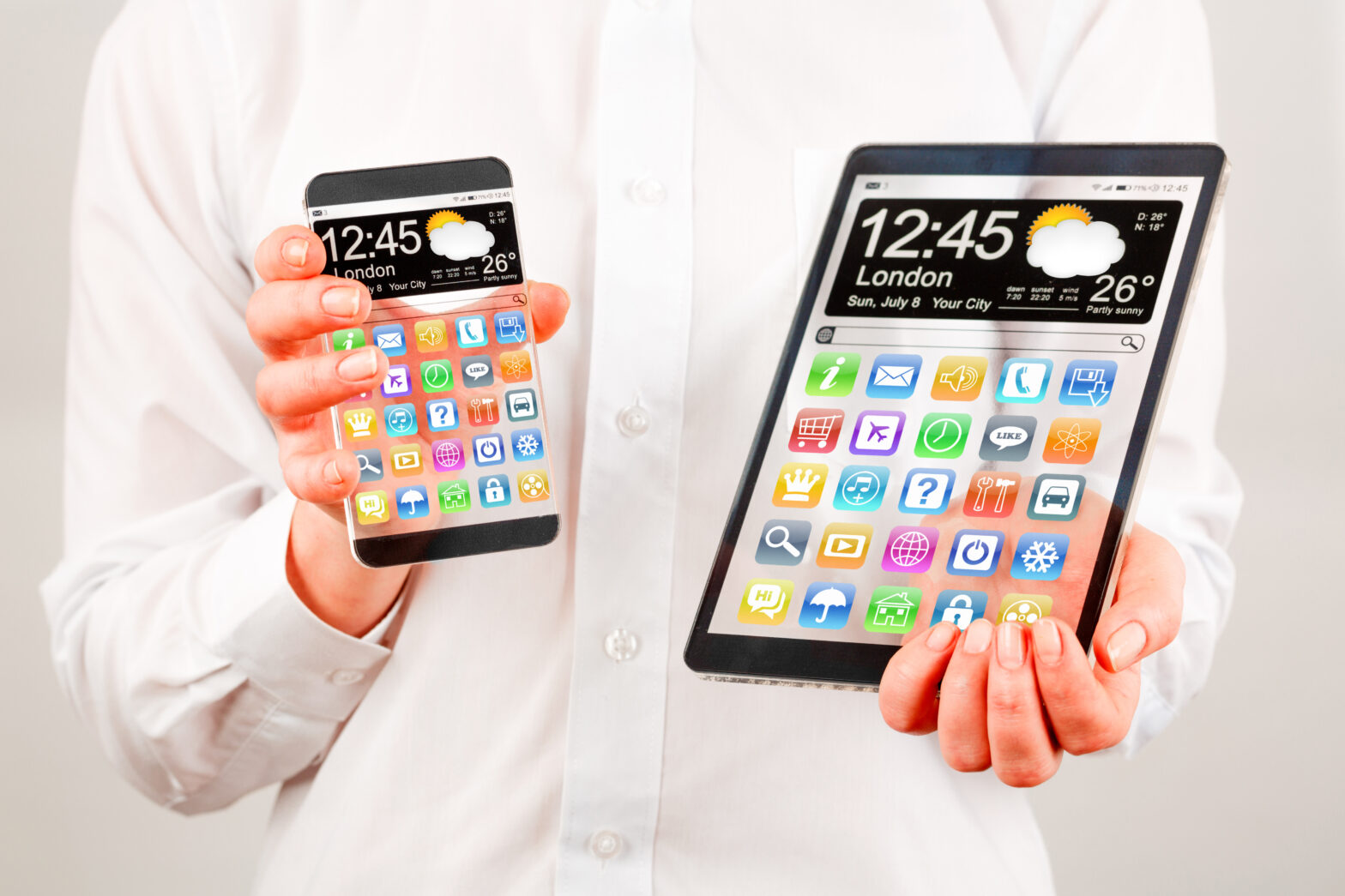People in enterprises around the world are using bigger phones that sap more data – and it could be putting a strain on IT budgets.
Drawing together data from a cross-section of network operators and enterprises during the first months of 2015, the latest study Citrix on business mobility trends found that video is becoming increasingly central to the mobile experience.
The top five mobile games ranked by data volume all now include video, compared to just two out of five in Q1 2014.
People are also watching double the amount of sports-related video content on mobile, and this is bound to continue between now and the Rio 2016 Olympics.
Tied together with this trend is the rise of the ‘phablet,’ as mobile users reach for devices that offer the best video viewing experience. According to Citrix, mobile subscribers that own an iPhone 6 Plus use twice as much data as the iPhone 6 users, and more than ten times that of an iPhone 3GS.
> See also: 15 tips for developing and improving mobile applications
This increase impacts subscribers – and enterprises – when choosing a new device or allowing employees to expense their data plans, as they have to be careful to select a data plan that matches their super-sized screen.
Both subscribers and enterprise IT departments need to be aware of how phablet-sized devices impact mobile data pricing plans and enterprise budgets, says the report, and the role that video optimisation has to play.
‘Mobile video plays a central role in internal corporate communications, marketing and revenue generation—as well as in the entertainment diet of most mobile customers,’ say the report. ‘Both personal and business usage can occur at any time of day, any day of the week, in any setting.’
Added to this, the number of enterprise-managed devices has increased 72% year-over-year, with the dual whitelisting and blacklisting of productivity and collaboration apps across organisations on the increase – a good sign of growing sophistication in the way many enterprises are learning to manage employee mobility while empowering them with the tools to be productive.
But it also shows that IT needs to get the usage of unmanaged, nonsecure consumer-grade mobile apps and services under control.
> See also: Can the mobile industry keep up with the explosion in demand for data?
‘The line between personal and business mobility continues to blur as people routinely use the same smartphones and tablets across every part of their lives,’ says Chris Fleck, vice president of mobility solutions and alliances, Citrix. ‘Regardless of whether or not their company offers a formal bring-your-own-device (BYOD) program, people routinely use the same smartphones, tablets and laptops across every part of their lives. They use work apps for personal matters, from calendaring to content creation, just as they use personal social media and file sharing accounts to meet their needs in the workplace.’










